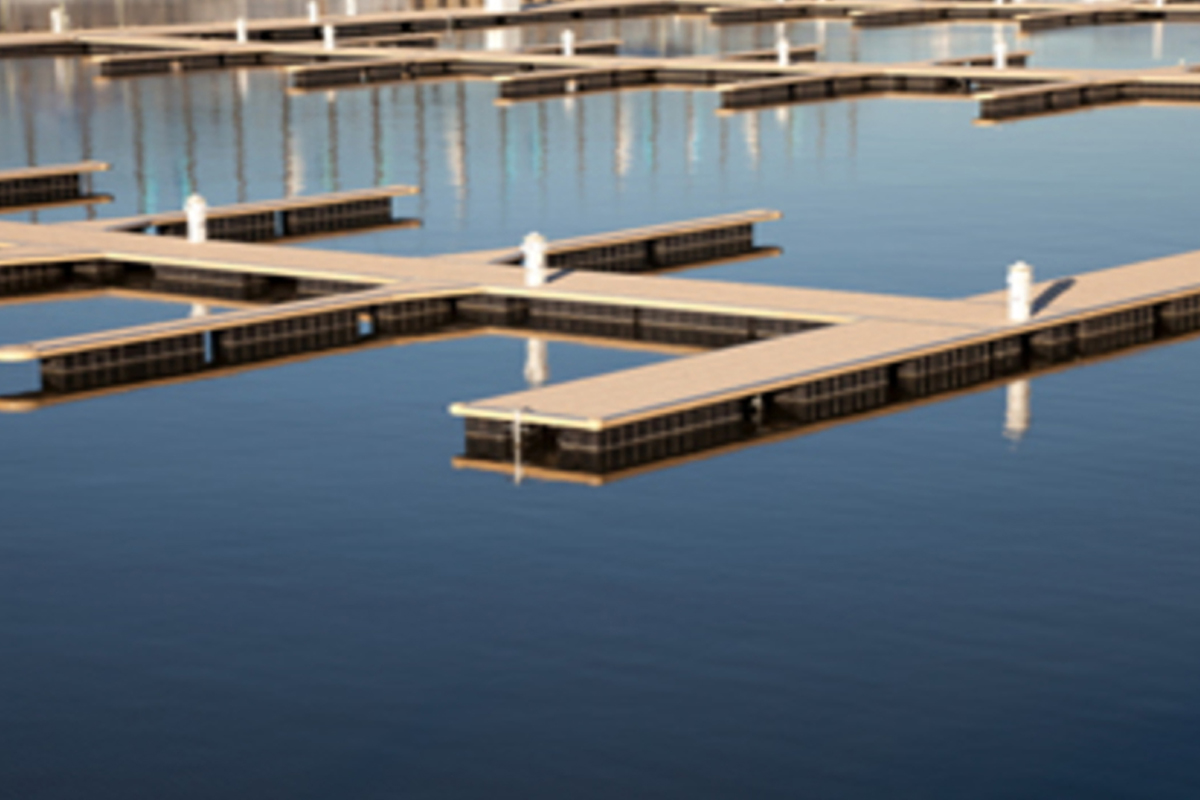Please feel free to contact us. We will get back to you with 1-2 business days. Or just call us now.
info@galaxy-poly.comP.O.Box: 60448 Dubai Industrial City - Phase 3 Dubai - UAE
Expanded Polystyrene for Floating Pontoons

Expanded Polystyrene is a superb material for the design and building of pontoons. It is naturally buoyant, lightweight but strong, doesn’t absorb water, doesn’t degrade and very cost effective. There is no set design for pontoons, and whatever shape or size required we can produce it.
At Galaxy Polystyrene we have the technical knowledge, relevant experience and necessary machinery to produce pontoons to our clients exact specifications. The accuracy, consistency, attention to detail and quality of EPS is vital if a project of connected and assembled pontoons is demanded.
Our engineers will work closely with our client to discuss and agree exactly what is required before production starts; including the time schedule, finishing, delivery and assembly methods necessary for completion. There will be constant feedback and communication throughout the project. With our expertise we can facilitate the design to be casting-friendly, so there is easy installation and minimum and easy handling. We can offer different options to cut/assemble to create the pontoons. We can share production methods and be involved during the implementation stage to ensure a successful conclusion.
Depending on the size of project, we look to build a mock-up pontoon to demonstrate the accuracy and quality required, to discuss any possible resulting alterations or improvements, and to give our clients peace of mind.
Modern industrial engineers typically use predetermined motion time system, computer simulation, along with extensive mathematical tools for modeling, such as mathematical optimization and queueing theory, and computational methods for system analysis, evaluation, and optimization.